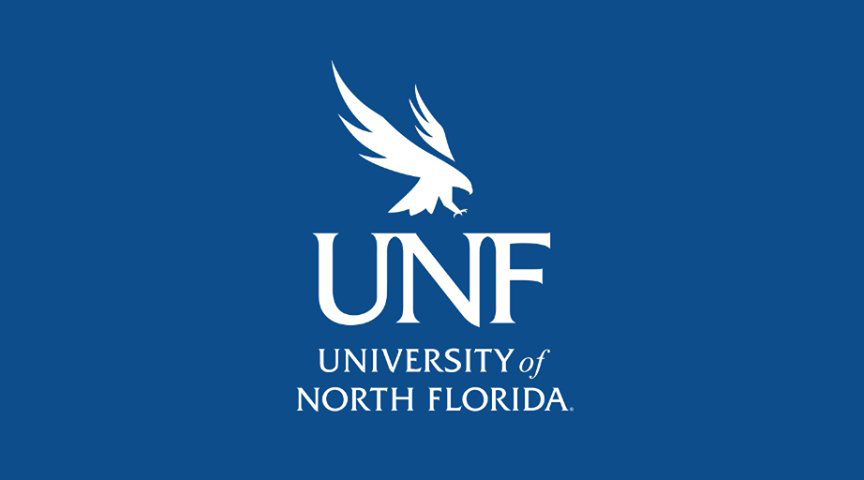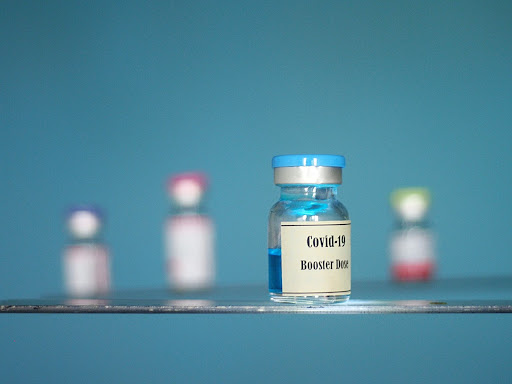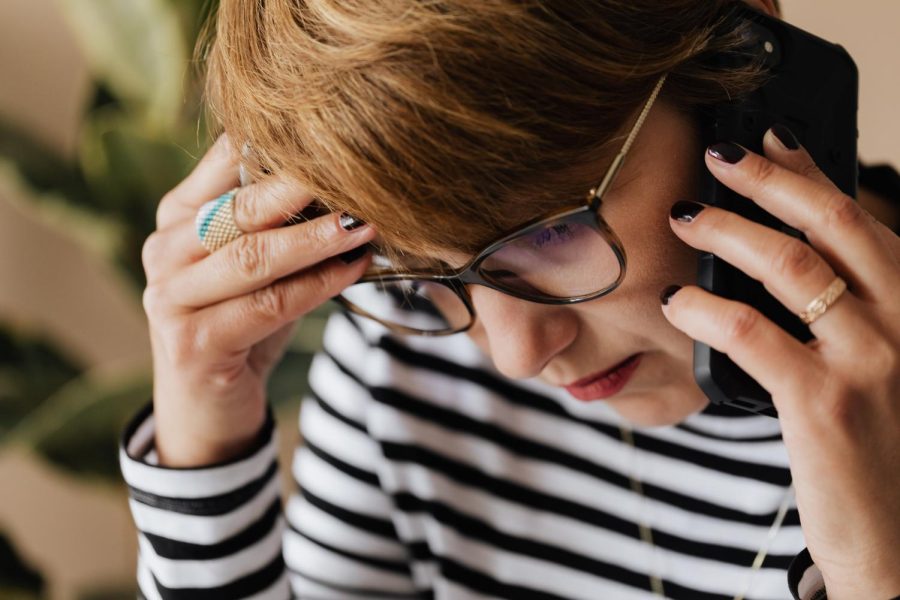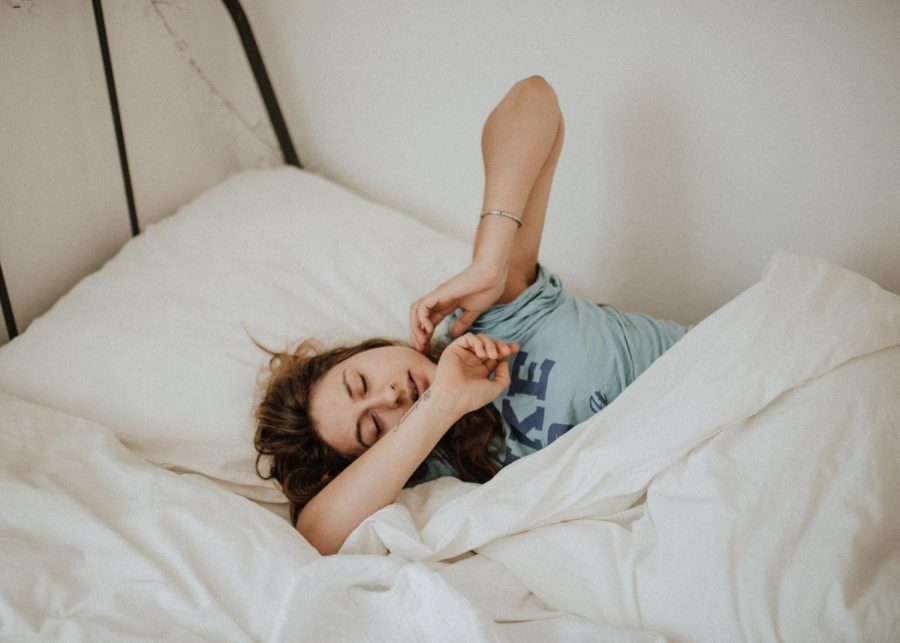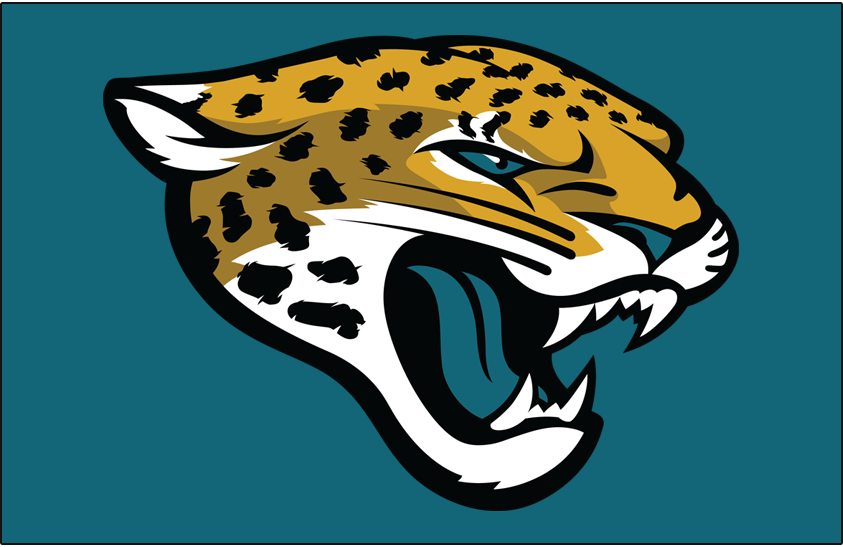The UNF Archaeology Team has concluded their work for the summer at Big Talbot Island State Park where they have been working tirelessly to uncover centuries-old artifacts from the Mocama (Timucua) village of the Sarabay Community.
Dr. Kieth Ashley, Assistant Professor of Archeology and leader of the project, had 27 students from his class working at the dig site, one of the largest groups to date. The team currently at the site is made up of UNF students who take Ashley’s class, “Archaeological Field Methods.” The class works at the site anywhere from 18 to 30 hours a week during the summer. They uncovered a range of European pottery estimated to be centuries old— from 1580-1620. According to Dr. Ashley, the earliest investigation of this site began in 1998.
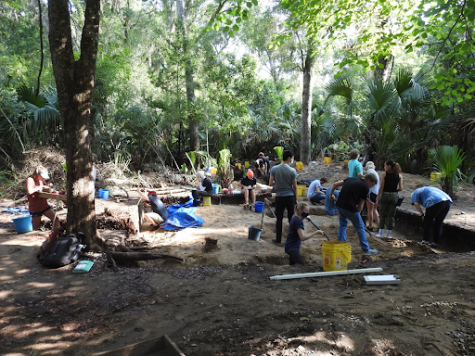
Students hard at work at the dig site.
The six-week course begins with a few days in the lab to go over class procedures and the rules of the dig site. From then on, students meet on location at the site itself.
“In the classroom, we learn about the different excavating techniques and archaeological theories and see pictures of excavations and their finds,” said Diaz. “The field school was a chance to put all that we have learned in the classroom to practical use.”
One of the most interesting aspects about this class is that it is open to all students meaning anyone, regardless of their major, has the opportunity to experience archaeology first hand.
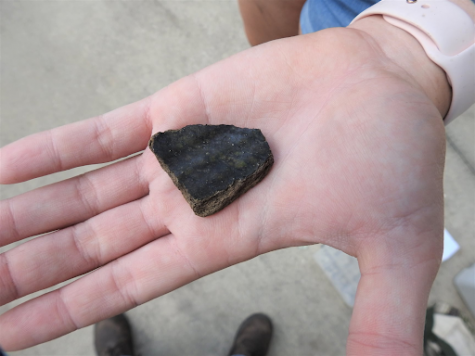
Fragment of a Spanish Olive Jar.
After conducting tests on the area, they uncovered a small building. However, the team was still looking for greater signs of the community. Ideally, this would be some sort of community center or council house in the center of the village where the chief lived or religious ceremonies were held, said Dr. Ashley.
Earlier this month, the current team uncovered a series of “regularly-spaced large stains” in the soil, said Dr. Ashley, which are the remains of the decomposed wood posts that would have made up the community center.
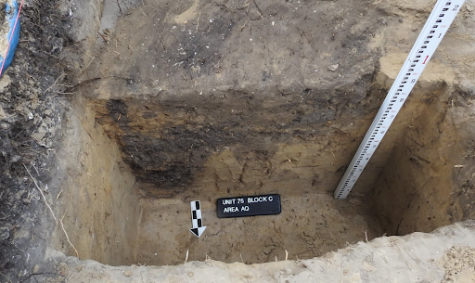
One of the stills of the dark stains in the yellow-brown soil left from the poles.
“Through the excavations at Sarabay over the years there have been plenty of artifacts/ ecofacts found pottery, bones, and stone points, but the main thing missing was evidence of any structures,” said UNF student Alexander Diaz. “Being able to find the post holes this summer was the coolest thing for me and my favorite memory.”
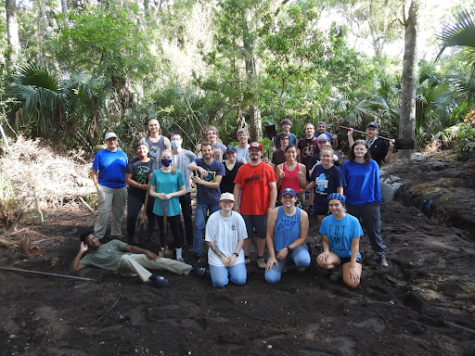
Some of the 2021 Archaeology Field Studies students.
For many UNF students like Grace Shaw, this was their first opportunity to have hands-on experience at the dig site.
“I think people should consider how cool it is that we have this opportunity and that we are able to observe the remains and things left behind by other cultures,” said Shaw. “It’s so cool!”
According to Shaw, one of the most interesting pieces that was found was a piece of a macoma smoking bowl for a tobacco pipe.
“It’s cool to find objects that we can relate to because they help us feel more connected to history,” said Shaw.
Another student, Ian King, also echoed the historical significance of the student’s work at the dig site. “Yes, these artifacts exist in the present with wonderful designs that can capture our imaginations, but the reason why they are important and why we dig them up is to learn about the people who made them in the past,” said King. “The various artifacts, such as ceramics, shells, and animal bones, offer an opportunity to understand more about the potters, their community, their culture, even trade relations and how European contact and missionization changed the political landscape.”
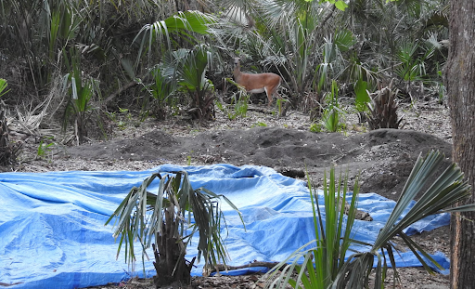
“Site Visitor.”
While helping his students gain experience for their future careers in archaeology, Dr. Ashley is also dedicated to uncovering lost history through their findings. “Unfortunately, because so much of history has been presented to us through the lens of European colonization, the history of many indigenous peoples is absent from our history books,” said Dr. Ashley. “Through our findings, we are trying to turn the tables and begin to look at things from the indigenous perspective.”
Dr. Ashley’s passion and expertise is awe-inspiring and infectious, King said. He says that every student out there works extraordinarily hard despite the intense heat, humidity, and ever-present insect presence. “The class itself is fun, informative, and always leaves students inspired to get involved with the lab work on campus and return the next summer.”
All photos are courtesy of the UNF Archaeological Lab Facebook Page.
___
For more information or news tips, or if you see an error in this story or have any compliments or concerns, contact editor@unfspinnaker.com.





